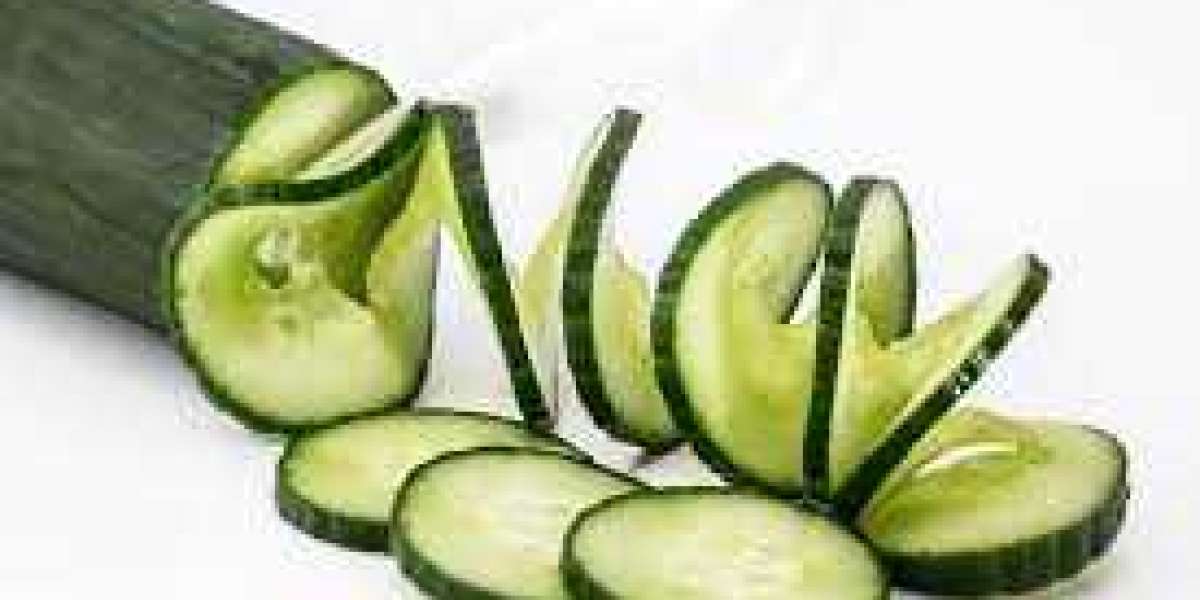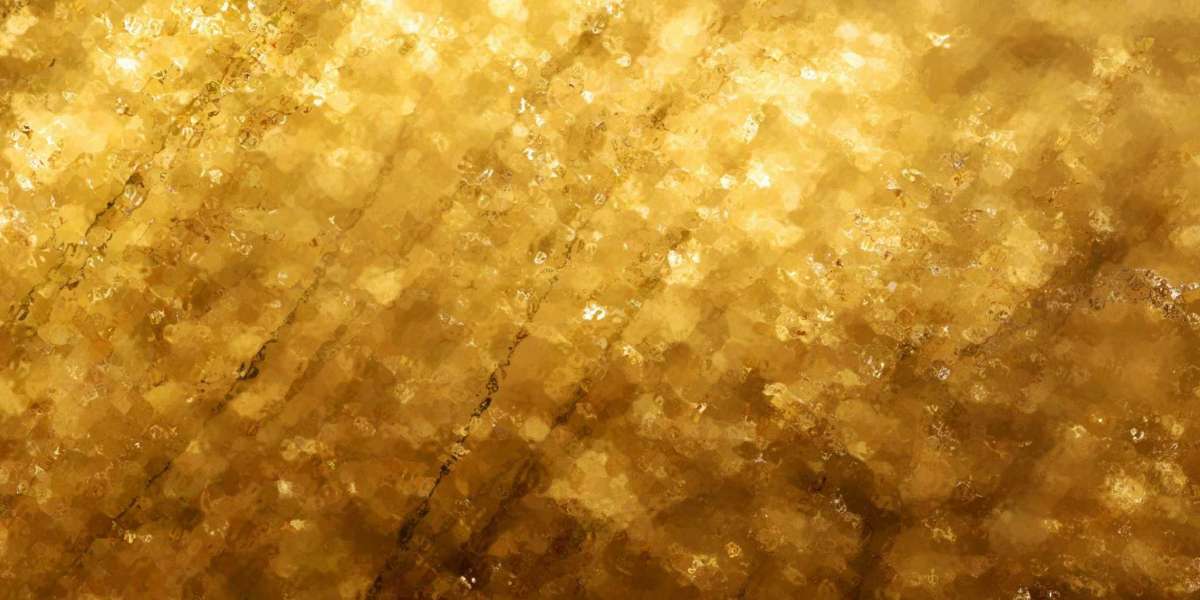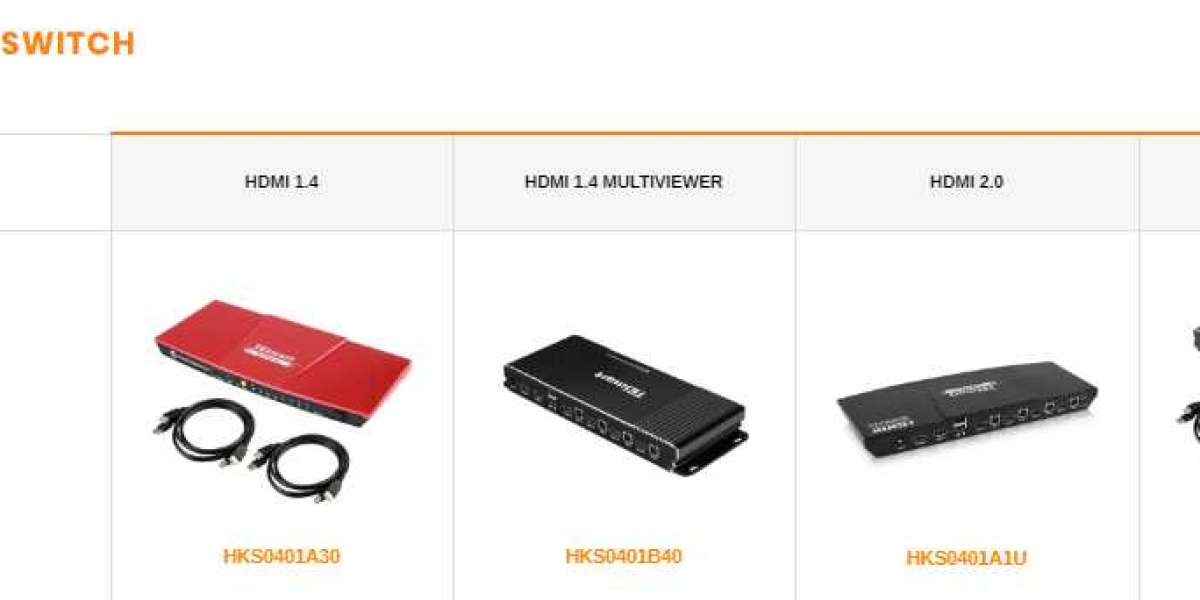pimple is a common skin concern experienced by people of all ages, not just teenagers. It appears when hair follicles under the skin become clogged with oil and dead skin cells. While one or two pimples might seem like a minor inconvenience, persistent breakouts can lead to emotional distress, scarring, and frustration. To effectively manage and prevent pimples, it's essential to understand what causes them, how they form, and the best strategies for treatment and prevention.
The human skin is equipped with sebaceous glands that produce an oily substance called sebum. Sebum keeps the skin moisturized and protected. However, when the skin produces too much oil, and it mixes with dead skin cells and bacteria, it can clog hair follicles. This leads to the development of a pimple, which can appear as a whitehead, blackhead, papule, pustule, nodule, or cyst, depending on the severity.
Hormonal changes are one of the most common causes of pimples. Adolescents going through puberty, women during menstruation, pregnancy, or menopause, and individuals dealing with hormonal disorders often experience increased sebum production, leading to breakouts. Stress can also trigger hormonal shifts, making the skin more prone to acne.
Diet plays a key role in skin health as well. Foods that have a high glycemic index, such as white bread, sugary snacks, and sodas, can cause insulin spikes that may worsen acne. Dairy products have also been linked to pimples in some individuals. On the other hand, a diet rich in whole foods—fruits, vegetables, lean proteins, and omega-3 fatty acids—can support clearer skin by reducing inflammation.
A proper skincare routine is essential for both treating and preventing pimple outbreaks. Cleansing your face twice a day with a gentle, non-comedogenic cleanser removes excess oil, dirt, and makeup. It's important to avoid harsh scrubs or over-washing, which can strip the skin of its natural barrier and lead to increased oil production as a response.
Exfoliation, done 1–2 times a week, can help remove dead skin cells that contribute to clogged pores. Use chemical exfoliants containing ingredients like salicylic acid or glycolic acid, which are effective and gentle. For active breakouts, spot treatments with benzoyl peroxide or sulfur can help reduce inflammation and bacteria.
Moisturizing is a step that many people with pimples mistakenly skip, fearing it will worsen their condition. However, even oily or acne-prone skin needs hydration. Choose a lightweight, oil-free moisturizer to maintain skin balance and prevent irritation caused by dryness or treatment products.
Sun protection is another critical factor in acne care. UV exposure can worsen acne and increase the risk of post-inflammatory hyperpigmentation (PIH), which leaves dark spots after pimples heal. Always apply a broad-spectrum SPF 30 or higher sunscreen daily, preferably a non-comedogenic formula designed for acne-prone skin.
In addition to topical treatments, there are various over-the-counter and prescription options available. Products containing salicylic acid penetrate the pores to clear blockages, while benzoyl peroxide helps eliminate acne-causing bacteria. Retinoids like adapalene help speed up cell turnover and prevent future clogs. These treatments can take several weeks to show results, so consistency and patience are essential.
In cases where over-the-counter treatments are ineffective, dermatologists can prescribe stronger medications. Oral antibiotics may be recommended to reduce inflammation and bacteria, particularly for moderate to severe pimples. For women, hormonal treatments such as birth control pills or anti-androgen medications like spironolactone can be effective in balancing hormones and reducing breakouts.
One of the most serious forms of pimple outbreaks is cystic acne, which involves deep, inflamed cysts that can be painful and may leave permanent scars. In such cases, a dermatologist may prescribe isotretinoin, a powerful oral medication that reduces oil gland activity. While it has shown high success rates, it also carries potential side effects and requires medical supervision.
Beyond medical and skincare solutions, lifestyle habits can greatly influence the frequency and severity of pimples. Regular exercise helps improve circulation and reduces stress, both of which are beneficial for skin health. However, it's important to shower promptly after sweating to avoid clogged pores.
Hygiene matters too. Clean pillowcases, avoiding touching your face, and disinfecting your phone screen can reduce the transfer of bacteria and oil to the skin. Hair care products should also be considered; oily or heavy products can transfer to the face and lead to breakouts, especially around the forehead and hairline.
For those looking into natural remedies, certain ingredients can support skin healing. Tea tree oil has antibacterial properties and can be used as a spot treatment in diluted form. Aloe vera is known for its soothing and anti-inflammatory qualities, helping to calm irritated skin. Zinc supplements and green tea extract are also known to support acne treatment, though it’s wise to consult a healthcare professional before beginning any supplement regimen.
Scarring is a major concern for individuals who experience frequent or severe pimples. Picking, squeezing, or popping pimples increases the risk of scars and should be avoided. For those with existing scars, treatments like microneedling, chemical peels, and laser therapy can improve skin texture over time.
Mental health support is often overlooked in acne treatment. Persistent pimple issues can lead to anxiety, low self-esteem, and even depression. Speaking to a counselor, practicing self-compassion, and engaging in social support networks can help individuals cope with the emotional burden of acne.
In summary, a pimple is more than just a minor skin imperfection—it’s a complex condition with physical and emotional implications. Successful management requires a combination of skincare, lifestyle adjustments, and sometimes medical intervention. Whether the goal is to prevent breakouts, treat existing pimples, or reduce long-term scarring, there are multiple effective strategies available.







